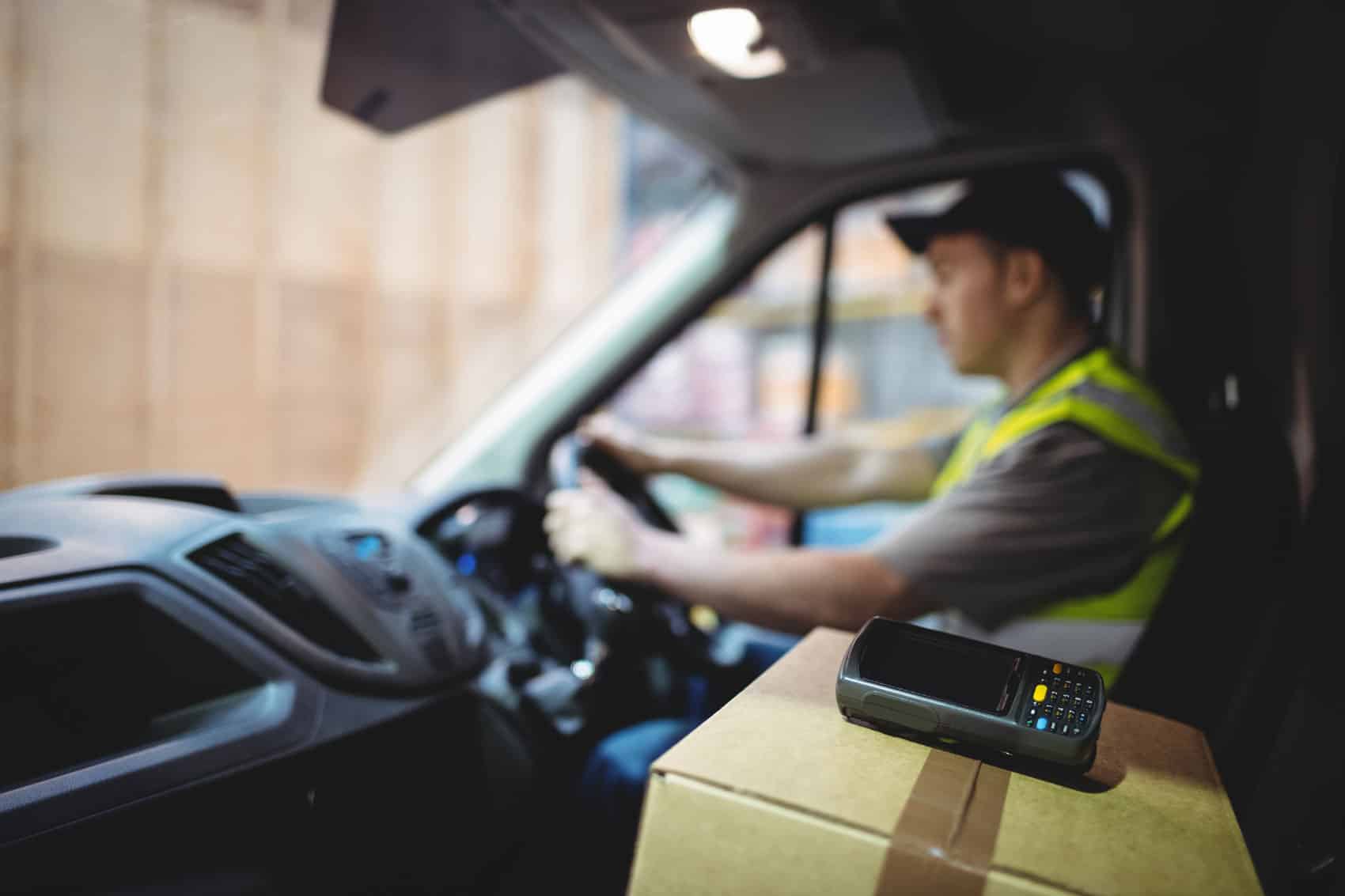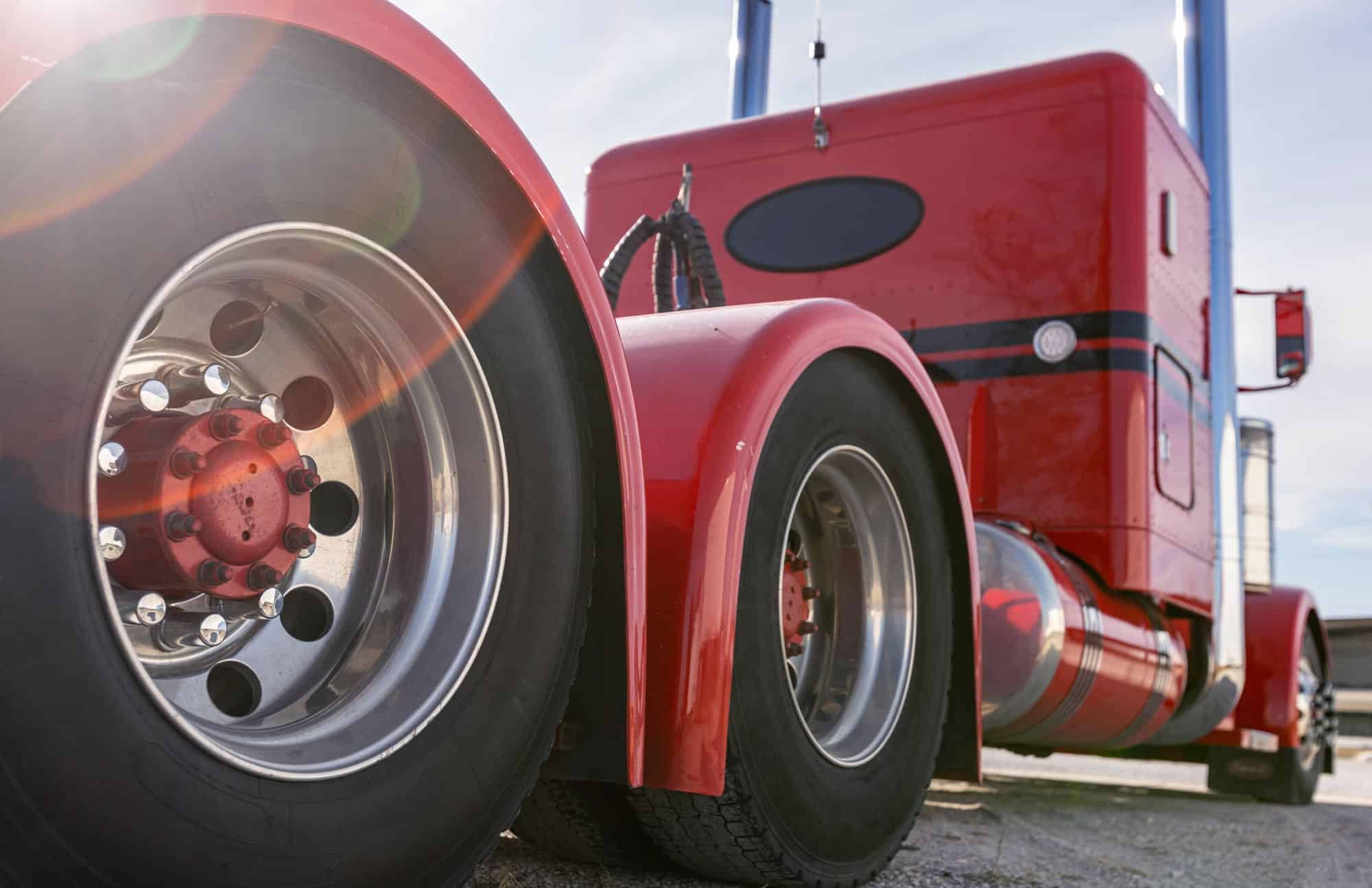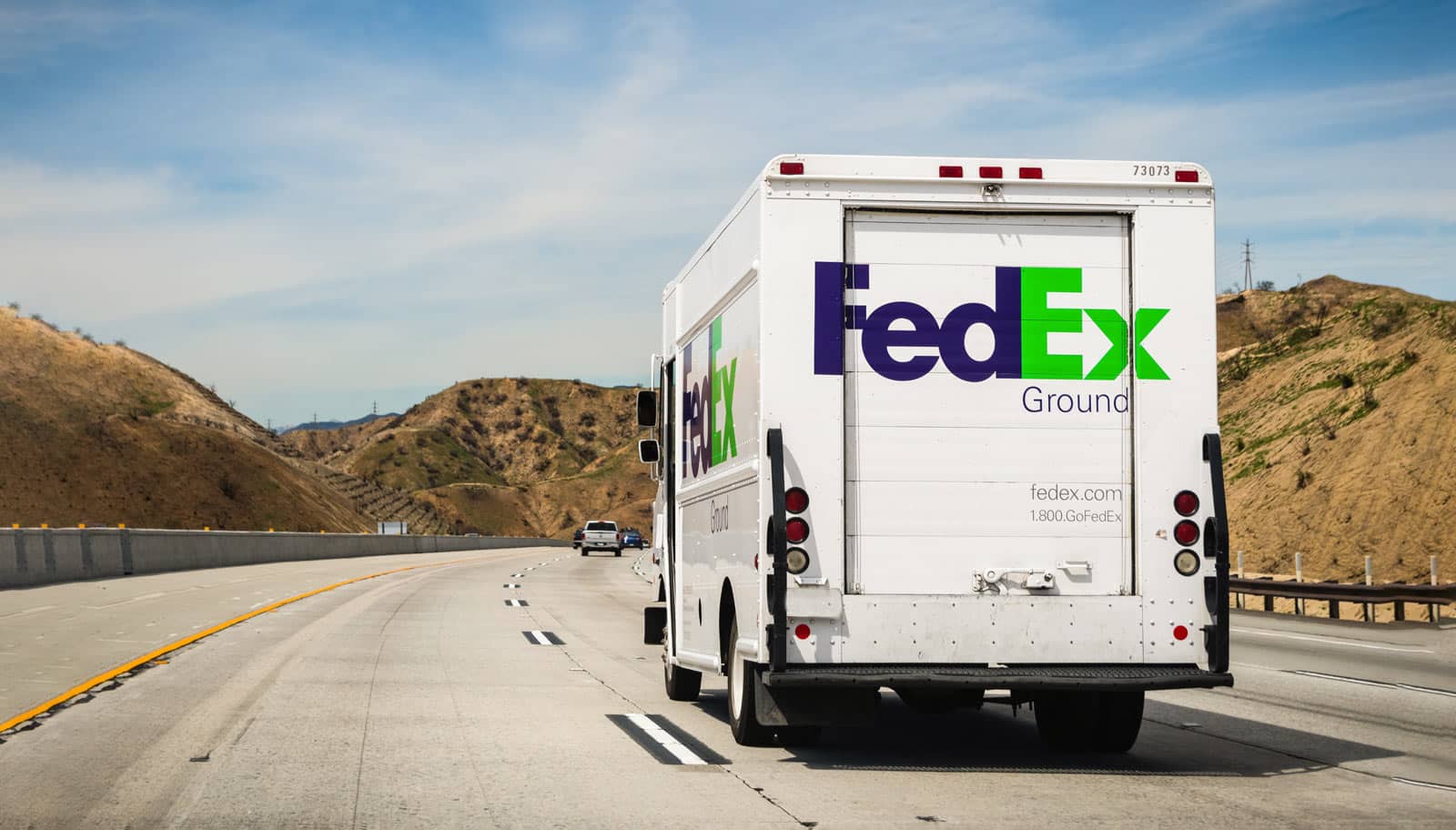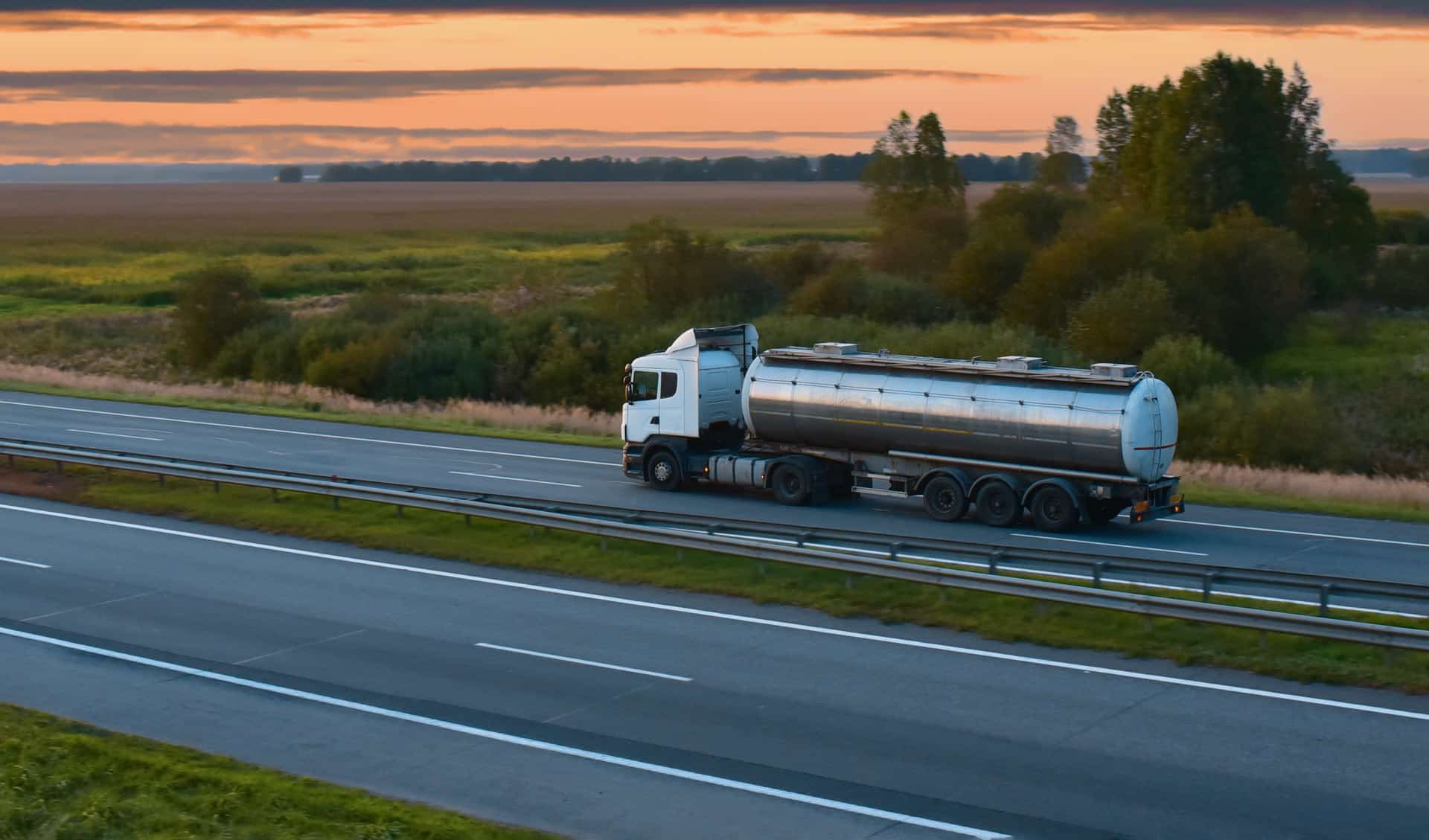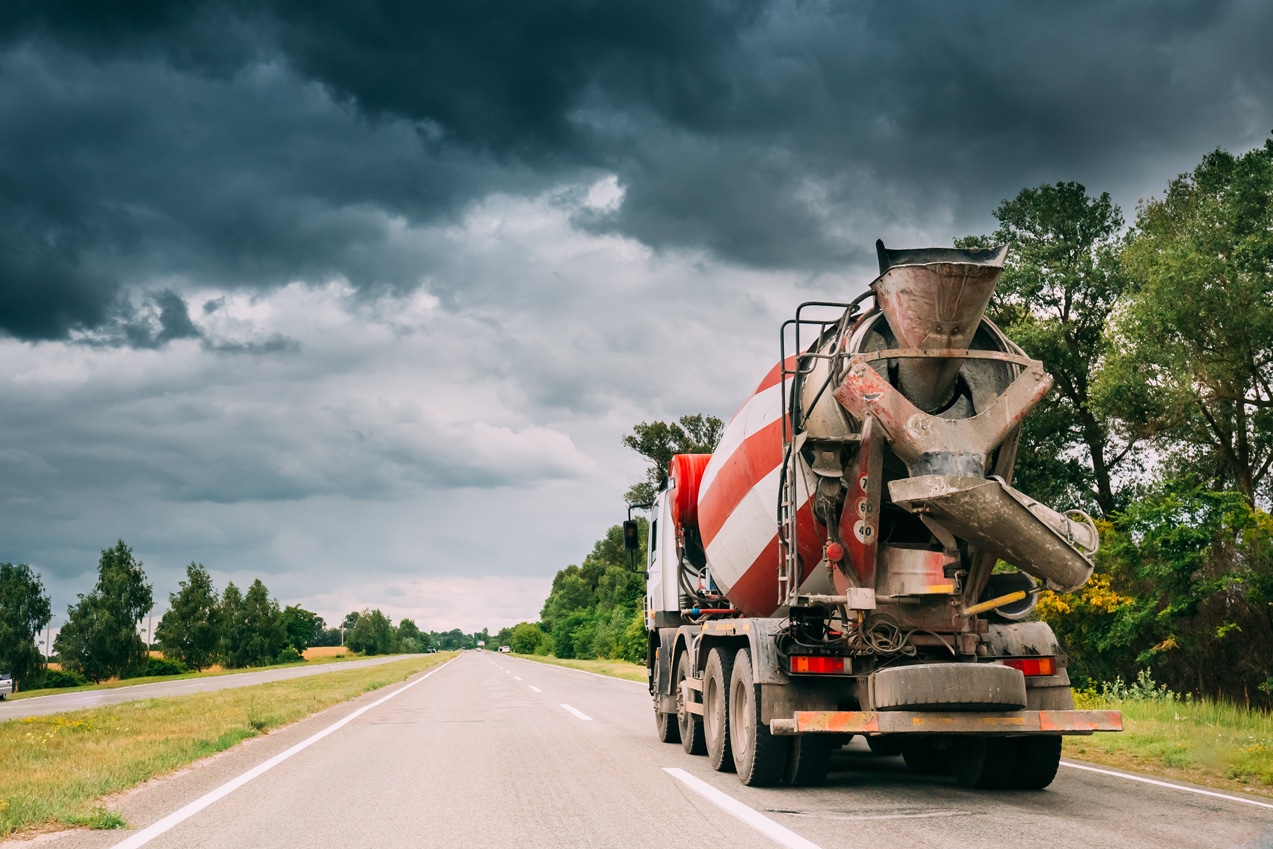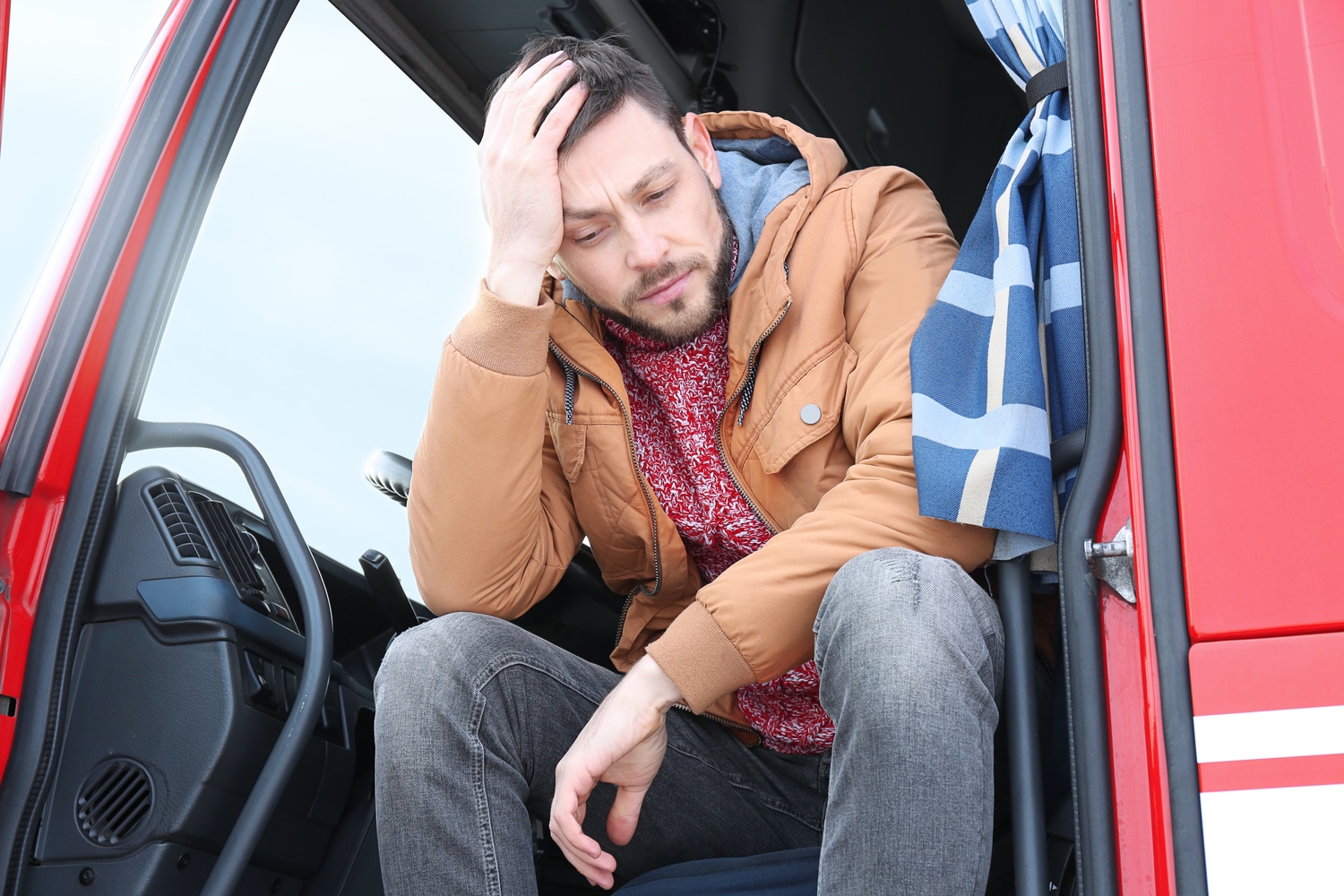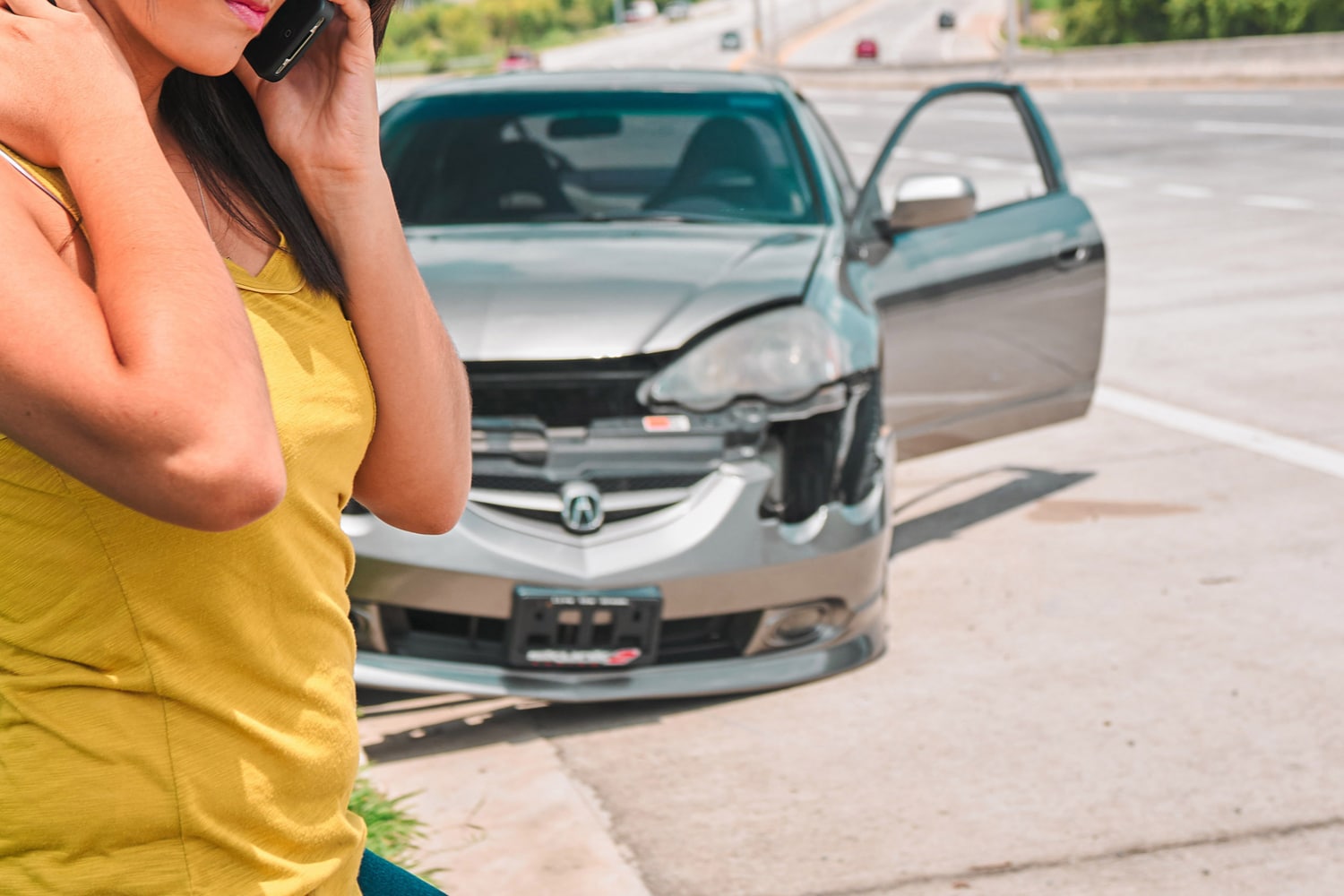If your neighborhood is anything like ours, chances are you see a steady stream of delivery trucks, vans, and other vehicles pass by your house or apartment on a daily basis. The trend really took off at the start of the COVID-19 pandemic, but it certainly shows no sign of slowing down anytime soon. Nowadays, you can get almost anything delivered—even fast food.
While there are many benefits to getting groceries, restaurant meals, and merchandise delivered right to your door, there are also potential downsides to roadways filled with delivery trucks—especially as competition between delivery services becomes fiercer. It’s not hard to find news stories about the hazardous working conditions that many delivery truck drivers find themselves in, and it’s no surprise that these conditions can lead to mistakes and poor decisions that cause car wrecks.
When a delivery driver injures you or a loved one, you don’t want excuses — you want fair compensation and peace of mind. The Crosley Law team can help with your delivery truck accident claim. We’ve won millions in settlements and verdicts against negligent delivery companies and will fight to get you the fair compensation you deserve.
More Pressure on Drivers Means More Errors—and More Delivery Truck Accidents
Today, a broad network of delivery drivers helps us get the goods we need, from groceries and paper towels to lunch from our favorite taqueria. Amazon alone has more than 70,000 branded delivery trucks on the road and plans to put more than 100,000 electric delivery trucks on the road over the next several years.
But despite this massive fleet size, Amazon delivery drivers still must deliver an average of 250-300 packages per day at peak times just to keep up. At the same time, orders for oversized items (including furniture and big-screen televisions) has increased, making delivery jobs even more difficult.
Many drivers have gone to extreme lengths to meet Amazon’s and other companies’ expectations. Delivery drivers have reported skipping breaks and meals, and many rely on caffeine and other stimulants during the day. During the initial COVID-19 delivery surge, one anonymous Amazon delivery truck driver noted that he has to choose between safety and productivity. The man said he’d even stopped wearing a seatbelt because he couldn’t afford spending seconds buckling and unbuckling it between deliveries.
“It’s a second to cut off the time it takes to complete our routes,” the driver told a journalist, “and one second is a lot of time for us.”
More than two years later, the pressure on delivery truck drivers remains high. And it’s not just Amazon. Drivers for FedEx, UPS, DHL, GrubHub, DoorDash, and more are all feeling the strain.
Who Is Responsible to Pay for Your Damages after a Delivery Truck Accident?
If you’ve been injured in an accident involving a delivery truck in Texas and it wasn’t your fault, you have every right to seek fair compensation for your medical treatment, lost wages, pain and suffering, and other damages. But that doesn’t mean it will be easy to get what you deserve.
Commercial vehicle cases are almost always much more complicated than a typical motor vehicle collision that involves two passenger vehicles. Determining who bears the responsibility for the crash, and insurance coverage that would apply, has a lot to do with this added complexity.
Before you file an injury claim or a lawsuit, you’ll need to determine the driver’s relationship with the delivery company. That’s often easier said than done.
Here are a few common scenarios, and what they mean for your delivery truck accident case:
The Driver Is a Direct Employee of a Delivery Company
When a driver is an employee, the company is typically responsible for their on-the-job negligence. For example, most UPS drivers are employees. If a UPS driver is texting while driving and rear-ends your vehicle, their employer’s insurance policy should cover your damages.
While most big delivery companies insure their drivers with large insurance policies (sometimes in the millions) to protect company assets, smaller “mom and pop” delivery services may have much less coverage. In Texas, businesses only have to carry $25,000 in property damage and $60,000 in bodily injury coverage per crash, with a $30,000 per-victim cap in bodily injury claims.
RELATED: Hit by a Delivery Driver, a Pedestrian Gets a Settlement: Zack’s Story
The Driver Is Employed by an Independent Delivery Partner
It’s easy to assume a delivery driver is a company employee if they’re wearing a uniform and driving a vehicle covered in logos. However, this assumption may be incorrect.
Companies like FedEx and Amazon often use delivery partners who use their logos and standardized uniforms. In fact, there’s a good chance that your Amazon delivery driver works for one of the company’s many delivery partners, no matter what their shirt says.
Big companies rely on delivery partners for one reason: it helps them avoid liability. If one of their partner’s drivers causes a wreck, the victims must sue the delivery partner, not Amazon or FedEx.
Many of these smaller “final mile” delivery partners have modest insurance policies. Amazon, for example, favors small delivery companies (with 100 or fewer employees) over larger ones. Small businesses are more likely to cut costs and opt for less insurance coverage.
The Driver is a Gig Worker
Companies like UberEATS, DoorDash, and Shipt have become part of our everyday life. However, these companies take varying stances for how they cover their delivery drivers, who are independent contractors—commonly known as gig workers.
While UberEATS and DoorDash have up to $1 million in coverage per crash, other companies like Shipt, Instacart, and Grubhub do not provide any insurance coverage for their gig drivers. Instead, they insist that the drivers maintain their own insurance policies.
Unfortunately, many personal auto insurance policies will not cover crashes and incidents that occur while the driver was engaging in commercial activity. So, unless the gig driver bought a special commercial driving policy or rider, they might be uninsured for your claim.
RELATED: Who Is Responsible for a Food Delivery Driver Accident?
Do You Have Personal Auto Policies That Cover Your Injuries?
While your liability claims will focus on the driver and their insurance companies, you may also have claims with your own insurer.
Most Texas drivers carry at least a modest amount of personal injury protection (PIP) and uninsured/underinsured motorist (UM/UIM) coverage. These policies can provide additional compensation when the at-fault delivery driver has insufficient coverage. We strongly recommend all Texas drivers carry as much PIP and UM/UIM coverage as they can reasonably afford.
Personal Injury Protection (PIP)
PIP is a no-fault insurance policy that will help cover your lost income and medical bills. You should have at least a modest amount of PIP coverage unless you declined it in writing. PIP also covers family members that live with you.
Uninsured and Underinsured Motorist Coverage (UM/UIM)
Even if the at-fault delivery driver has a large insurance policy, a catastrophic wreck or multi-vehicle pileup can quickly exceed the policy limits. In these cases, UM/UIM coverage will step in and cover your excess losses. As with PIP, you should have at least a modest uninsured and underinsured motorist policy unless you declined the coverage in writing.
Winning Your Delivery Truck Accident Case Will Take Work
Identifying the insurance companies you need to file claims against is only one step. Unfortunately, these cases are often difficult and complex—particularly when big insurance policies are in play.
Delivery companies and their insurers will fight to defend their bottom line. They will do whatever they can to deny responsibility for the delivery truck crash. And if they can’t deny responsibility, they’ll argue that your injuries aren’t as serious as you claim and minimize any settlement they have to pay out.
The best way to protect yourself is by speaking with an experienced delivery truck accident lawyer. Here are just a few ways an attorney can help.
Preserving and Collecting Critical Forensic Evidence Before It Disappears
Commercial vehicles, including delivery trucks and cars, often have sophisticated systems that track their every move. These technologies, which are called telematics, provide companies with detailed information about drivers’ speed, location, engine performance, and behaviors. Some even have onboard dash cams that record the view inside and outside the vehicle.
These systems can be an essential source of evidence during an injury claim. But unless you act quickly, these data points could be deliberately (and legally) destroyed by a delivery truck company looking to evade responsibility. Unlike a commercial driver’s logbooks, there are no rules about how long a company must preserve a delivery driver’s telematics data.
In addition, your attorney may help you identify and collect other potential sources of evidence, such as the commercial driver logbooks, potential eyewitness accounts, nearby security cam footage, and more.
Recently, we represented a young bicyclist who suffered catastrophic, life-altering injuries after he was hit by a reckless delivery driver. We quickly sent letters demanding access to electronic data about the driver’s conduct before and after the crash. We discovered a pattern that the driver had a long history of speeding on the job, and that the company had ignored the problem. If we had not acted quickly, the company may have disposed of this essential information.
RELATED CLIENT STORY: Picking Up the Pieces of a Shattered Life: Ramse’s Story – Crosley Law
Getting Expert Opinions
At Crosley Law, we have developed strong relationships with accident reconstruction specialists, traffic safety experts, doctors, medical researchers, neuroscientists, economists, life care planners, and other experts across a wide range of disciplines in engineering, medicine, and more.
For example, in the young bicyclist’s case mentioned above, Crosley Law hired more than a dozen experts who could clearly help us prove:
- What actually happened during the crash, and who caused it
- What our client’s long-term medical care needs and costs will be
- The impact of the injury on our client’s future employment and wage-earning potential
- The impact of the injury on our client’s future quality of life, which helps us calculate non-economic damages such as pain and suffering
The right experts, simply put, can make or break your case. Experts who focus on matters of negligence, like crash reconstruction specialists, can be the difference between winning your case or losing it. And experts who focus on damages, like life care planners, work to ensure that you receive compensation that’s truly fair, and reflective on your long-term needs.
Crosley Law: Fighting for Crash Victims in San Antonio and Throughout Texas
At Crosley Law, our experienced attorneys have represented many victims of commercial vehicle crashes. Whether you or your loved one were injured by an 18-wheeler, a FedEx truck, or a delivery driver’s personal vehicle, we can help you understand your rights and legal options.
We offer both in-person and video conference consultations. Contact our personal injury law firm today at 210-LAW-3000 | 210-529-3000 or fill out our brief contact form to schedule your free consultation today.
References
Gurley, L.K. (2020, July 1). Amazon delivery drivers are overwhelmed and overworked by COVID-19 surge. Vice. Retrieved from https://www.vice.com/en_us/article/m7j7mb/amazon-delivery-drivers-are-overwhelmed-and-overworked-by-covid-19-surge
Ewing, J.; Weise, K. (2022, July 21). Amazon Wants 100,000 Electric Vans. Can Rivian Deliver? The New York Times. Retrieved from https://www.nytimes.com/2022/07/21/business/rivian-amazon-delivery-vans.html
Helling, B. (2022, February 22). Amazon Deliver Driver Pay: Salary, Pay Amounts & More. Ridester. Retrieved from https://www.ridester.com/amazon-delivery-driver-pay/
The content provided here is for informational purposes only and should not be construed as legal advice on any subject.
